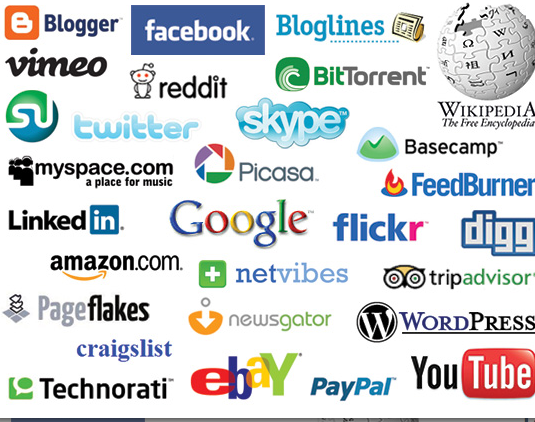Media Myths: Misconceptions that Mystify Me
The world of media amazes me. Its ability to reach a large audience inspires me. Its endless possibilities excite me.
Yet I am puzzled whenever I am told that media is complicated and expensive. When I was asked to participate in the national media negotiations for the creation of the AFM’s new Integrated Media Agreement (IMA) a few years ago, the goal of ensuring that the IMA would be uncomplicated and affordable was at the forefront of my thoughts.
Today the IMA is in place, and I am extremely proud of the result. We now have a document that puts the majority of media work into one agreement.
However, I continue to be baffled by the incorrect information and inaccurate assumptions that many in our industry have about the new IMA. It is my hope that this article will bust a few media myths, as well as shed proper lighting upon the new Integrated Media Agreement (IMA).
Media Myth Number One: The IMA is a promulgated agreement. The IMA is a result of months of hard bargaining between the AFM and symphony and opera managers. The IMA is not a promulgated agreement. If it were, its contents would look more like the proposals from the AFM rather than the result of negotiations.
Media Myth Number Two: The IMA is expensive. An interesting question was raised at ROPA’s 2010 conference in Omaha: what does it cost to sign on to the IMA? The answer is ZERO. However, a terrific feature of the IMA is the audio buffet option, which gives expanded audio rights for 3% of the musicians’ annual base salary (but for no less than $900/year, which is the floor of this plan).
Media Myth Number Three: The IMA is only suited for large symphonic orchestras. Within only one year of its existence, 14 orchestras have signed on to the IMA, and more are on the way. The signatories range from some of the top five orchestras to some mid- to small-budget orchestras, and include a few opera orchestras and chamber orchestras as well. Each organization looked at the IMA and recognized that it had merits for their individual needs, which indicates that the media committee did its job in crafting an agreement that would suit many situations.
Media Myth Number Four: The IMA restricts news coverage and educational opportunities. The IMA expands educational offerings, as well as news and promotional stories, with more freedom than ever before. Orchestras can now capture up to thirty minutes and use up to nine minutes for promotional use. Actually, the rights period for educational media is longer now. It has gone from fourteen days to ten years!
Media Myth Number Five: Since the former AFM media agreements have expired, I don’t need the IMA. Any signatory to the AFM media agreements (the Live Recording Agreement, the Audio-Visual Agreement, and the Audio Internet Agreement) is required under U.S. labor law to continue operating under their terms while negotiating a new agreement with the AFM. The IMA replaces all three of those agreements – and on terms that are favorable to employers in many respects.
Media Myth Number Six: Media agreements are complicated, and no one really understands them. Perhaps media agreements are viewed this way because they are only reviewed whenever a media project is being explored, therefore they are unfamiliar. The IMA seeks to make its details easy for all to understand. No one can explain the details of the IMA better than Debbie Newmark, AFM’s media guru. (Click here for her article in the August 2009 International Musician explaining the IMA.) She would be pleased to speak to orchestra managers, AFM local officers, and orchestra committees about the IMA and how it would be an asset to their organizations. (Contact her at dnewmark@afm.org.)
Media Myth Number Seven: The IMA does not embrace new technology. The IMA allows audio-video streaming on the orchestra’s website, and even clips on the websites of sponsors. It allows promotional news stories on a news station’s website for up to 21 days. (After all, it really isn’t news beyond 21 days, is it?) Provisions for YouTube and Facebook are included in the IMA. Media loops on kiosks around your town are part of the IMA. Even media platforms yet to be discovered are included. Now that’s vision!
Media Myth Number Eight: The IMA does not include audio-visual elements. The IMA simplifies television broadcasts in terms of rate structures and revenue sharing. The IMA eliminates imprint credits and first release payments found in the AFM’s Audio-Visual Agreement. Over a three-year period, the IMA allows unlimited broadcast of a television program instead of only four weeks.
In summary, the IMA is accessible and flexible. It addresses the concern of making AFM media agreements more user-friendly. In the coming year, I am confident that more orchestras will be signing on to the IMA, as orchestra managers, AFM locals, and orchestra committees begin to understand the value of this contract. Those forward-looking ensembles will certainly jump ahead as the leaders in the ever-changing world of media.


No comments yet.
Add your comment